I thought it about time I made a contribution to foraging (other than pictures of stuff I've found and eaten) so here goes - the humble pignut! Or, to give it its show name - conopodium majus
Identification
What does a pignut look like? Well - like this
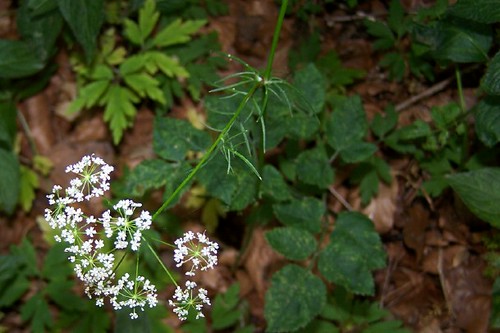
Now pictures and drawings are one thing but knowing is another. Note the umbellifer (multiflowered parasol) type flowers. These are really tiny - probably each flower only 1 or 2mm. Also check the leaves. These are the dead give away from most other umbellifers
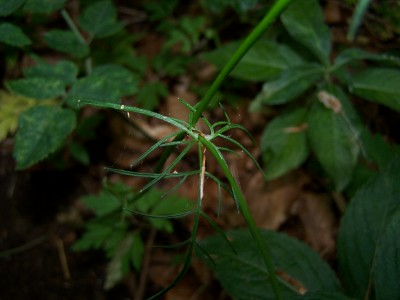
More than anything, these leaves remind me of fennel - very very fine and feathery. The whole plant is much lower and smaller than other umbellifers - maybe a foot tall and very slender.
Note the single fine stalk disappearing into the ground
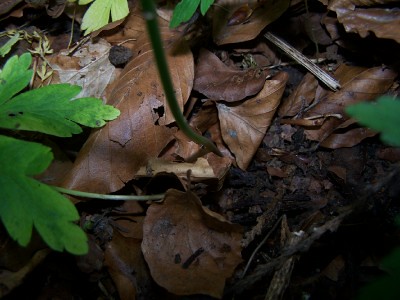
Harvesting
Pignuts are not protected but, perhaps even more than berries or leaves (since digging is involved) you should seek the landowners permission to gather them. As in all (non survival) foraging - take sparingly and leave plenty to regrow for next year.
Okay, brush away the leaf litter with your hand. Then you need to dig. A small trowel if you carry one or a stick whittled to a chisel shape are useful here
Start from a distance away and work towards where the stalk enters the ground. The nut is almost always off to one side - but there's no knowing which side!
Scrape carefully towards the stem and follow it - it will kink and curve so go careful
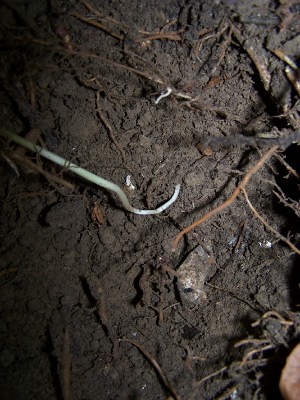
Eventually you will come to the nut - it looks like this
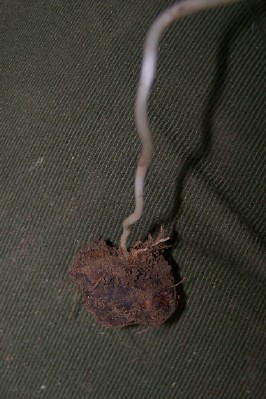
Wash clean or peel with a sharp knife and enjoy. They really are a very pleasant taste!
As with all wild foods - be very sure of your identification before eating!
Red
Identification
What does a pignut look like? Well - like this

Now pictures and drawings are one thing but knowing is another. Note the umbellifer (multiflowered parasol) type flowers. These are really tiny - probably each flower only 1 or 2mm. Also check the leaves. These are the dead give away from most other umbellifers

More than anything, these leaves remind me of fennel - very very fine and feathery. The whole plant is much lower and smaller than other umbellifers - maybe a foot tall and very slender.
Note the single fine stalk disappearing into the ground

Harvesting
Pignuts are not protected but, perhaps even more than berries or leaves (since digging is involved) you should seek the landowners permission to gather them. As in all (non survival) foraging - take sparingly and leave plenty to regrow for next year.
Okay, brush away the leaf litter with your hand. Then you need to dig. A small trowel if you carry one or a stick whittled to a chisel shape are useful here
Start from a distance away and work towards where the stalk enters the ground. The nut is almost always off to one side - but there's no knowing which side!
Scrape carefully towards the stem and follow it - it will kink and curve so go careful

Eventually you will come to the nut - it looks like this

Wash clean or peel with a sharp knife and enjoy. They really are a very pleasant taste!
As with all wild foods - be very sure of your identification before eating!
Red



